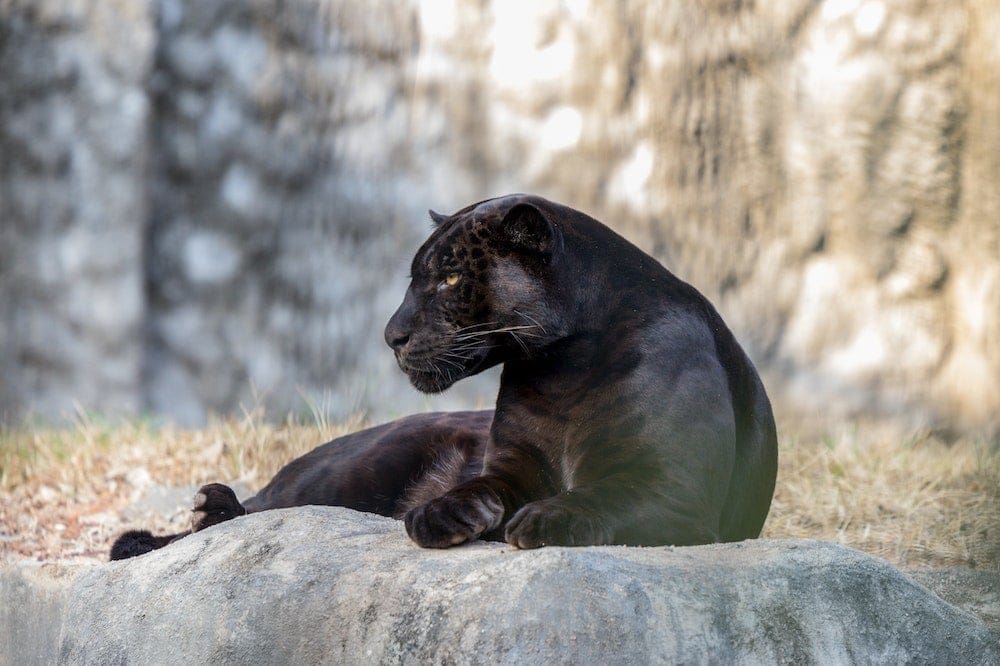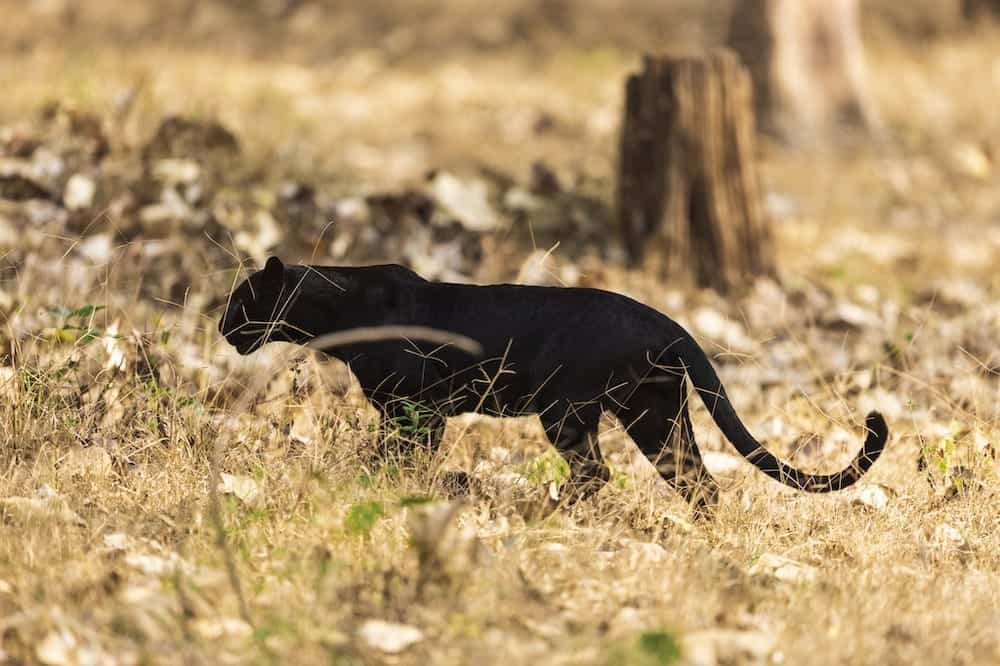If you’re an Arkansas native or transplant, you have probably taken some level of interest in the local wildlife. As the Natural State, Arkansas is full of interesting animals, from birds to elk to fish. One of the most reclusive types of animals in the state, though, is wildcats. There are likely fewer types of wildcats in Arkansas than you’d expect, and you’re only likely to potentially spot one of them.
Here’s everything you need to know about Arkansas wildcats.

The 3 Types of Wild Cats in Arkansas
1. Bobcat

| Size | 8–40 pounds |
| Distinction | Short tail, pointed ears |
| Diet | Birds, rodents, rabbits |
The bobcat is a small to medium-sized wildcat that lives throughout the state of Arkansas. In fact, bobcats are the most numerous wildcat in the entire United States. You’re not likely to run into a bobcat in your day-to-day activities due to their reclusive and solitary nature, but many people catch glimpses of them, especially on trail cams and in areas with lots of food, like chicken coops.
Although some bobcats are the size of a large housecat, they can be distinguished by their short tail and pointed tufts on the tops of their ears. They also have distinctive stripes and spots scattered across their coats. Bobcats are rarely aggressive with people, but they have been known to attack pets, like dogs and cats, in rare instances.
Bobcat numbers are of least concern according to IUCN, but their numbers are at risk for extirpation, or localized extinction, because of the activity of other animals, like coyotes and a variety of domestic animals.
2. Mountain Lion

| Size | 65–220 pounds |
| Distinction | Long tail, tan coloration |
| Diet | Deer, elk, rabbits, raccoons |
Mountain lions are big cats that go by a variety of names, including cougar, puma, panther, and catamount. These cats are exceptionally elusive, and their presence in Arkansas is greatly debated. At one time, there was likely a breeding population of these cats in the state, but according to the Arkansas Game & Fish Commission, this is no longer the case. Because of this, Arkansas is considered to not have a population of mountain lions.
Just because they’re not breeding here doesn’t mean they don’t exist in the state, though. These cats have exceptionally large ranges, so they do pass through the state, although they are exceptionally rare to see. Typically, years go by between verified mountain lion sightings in Arkansas.
In 2015, a mountain lion was killed in south Arkansas that was known to have been spotted in northeast Arkansas within six weeks of its death. While this distance of over 200 miles may not seem all that impressive, a DNA test revealed that this big cat was from a breeding population of these cats in the Black Hills, all the way up in Wyoming and South Dakota.
3. Black Panther

| Size | Unknown |
| Distinction | Black coat |
| Diet | Deer, elk, rabbits, raccoons |
You can’t get through an Arkansas wildcat list without talking about black panthers. But here’s the thing about black panthers. Not only have they never been verified to exist in Arkansas, but they’ve never been verified to exist at all. Black panthers should not be confused with black jaguars, which are native to South America, or black leopards, which are native to Asia and Africa.
The lack of true proof of the existence of these cats hasn’t satisfied the people who claim to have seen these cats themselves. Many of the stories surrounding black panthers are anecdotal, with people telling stories of their neighbors or grandparents seeing the cats. People have caught pictures that they believe prove the existence of these cats, but they have never been killed or found dead, and no true evidence of their existence exists.
If you’re wondering what that means for the pictures and game cams that people claim show black panthers, there is an explanation, although not a very exciting one. These pictures often lack anything that offers a size comparison for the cat. The Arkansas Game & Fish Commission and biologists say that these pictures simply show large, black housecats that appear larger than they are due to size distortion.

The Importance of Wildcat Conservation
Although the majority of wildcats in Arkansas are bobcats, it’s still important to work to conserve them and their environments. It’s also important to maintain safe spaces for mountain lions that are passing through.
Wildcats are an important part of the ecosystem in Arkansas, helping control the populations of a variety of animals. Population control can help prevent disease and ensure food accessibility does not waver due to overfeeding.
It’s also necessary to maintain safe environments for wildcats to reduce the chances of them having interactions with humans and domestic cats or other small animals. These interactions can end in dangerous and deadly situations for all involved.

Conclusion
There aren’t many wildcats in Arkansas, and they’re all solitary and rarely seen. If you ever come across a wildcat in Arkansas, make sure to give it plenty of space, along with keeping pets and other domestic animals far away from it to keep everyone safe. Wildcats are not inherently dangerous when left alone, so don’t let fear of these powerful and fascinating animals lead to trapping and killing them.
Oh, and if you come across a black panther, make sure to get a clear picture that allows for a true size comparison to pass off to the Arkansas Game & Fish Commission! It’s a certainty that biologists would love to learn more about your discovery.
See Also:
- Are There Wild Cats in the Philippines? A Quick Look
- Are There Wild Cats in Scotland? (With Pictures)
- Are There Wild Cats in New Jersey?
Featured Image Credit: Jijo Varghese, Pexels
